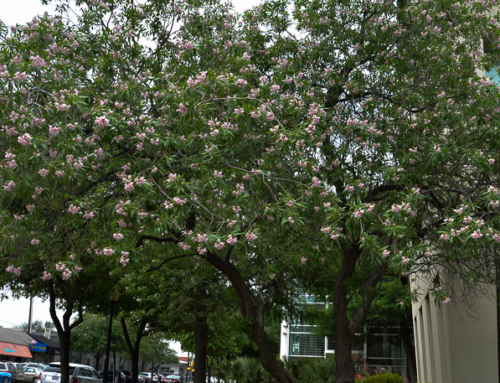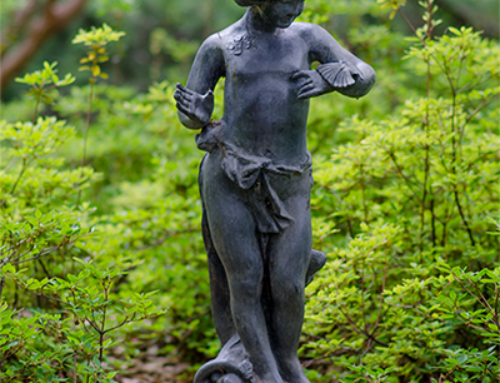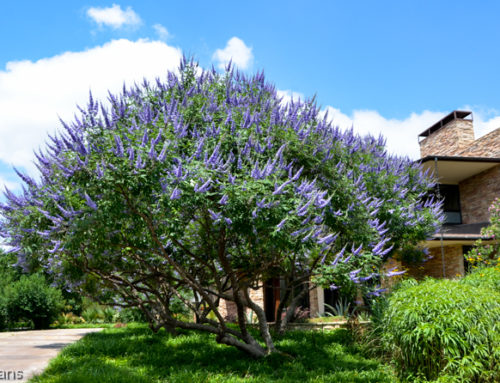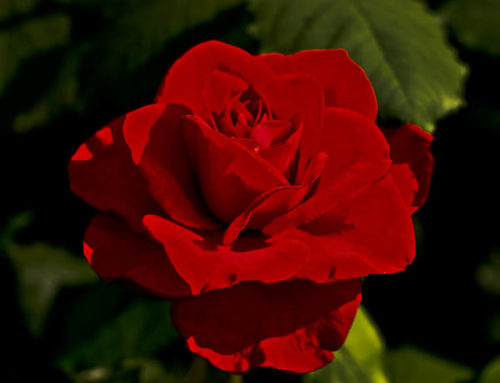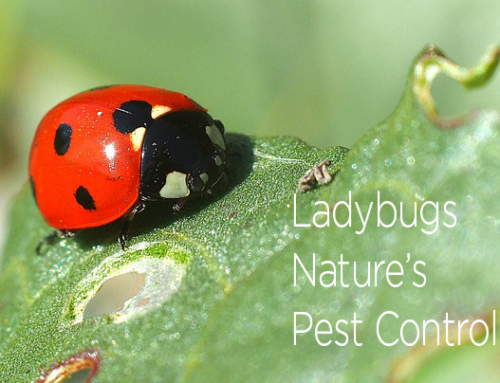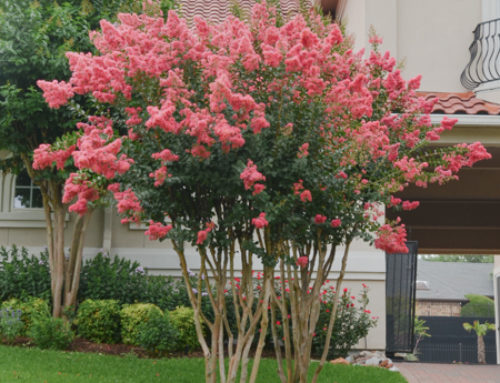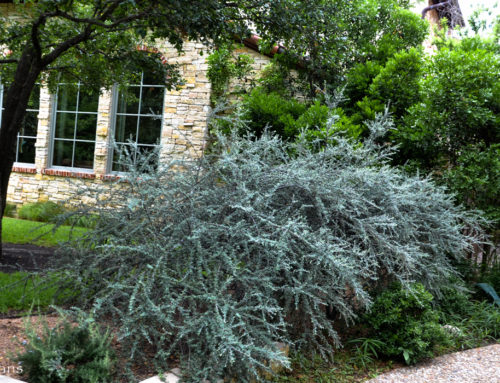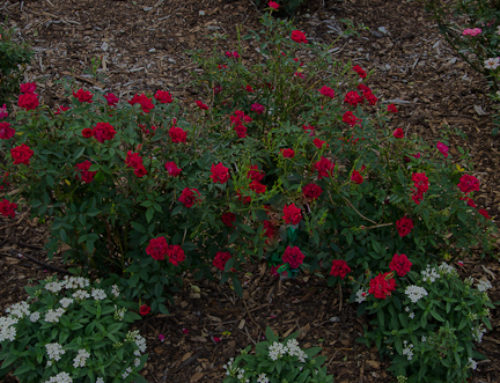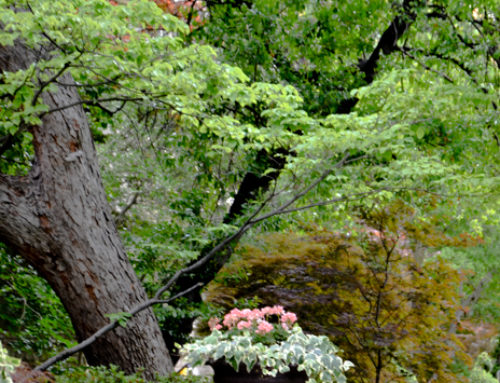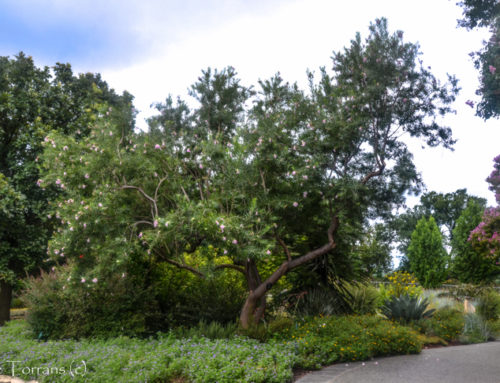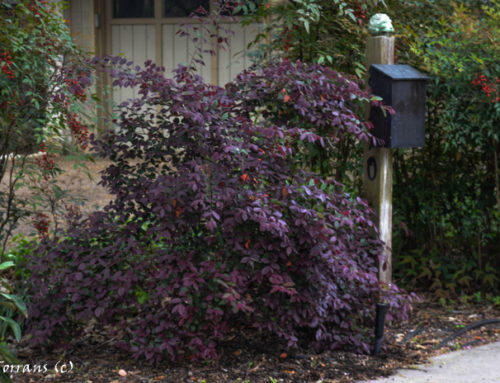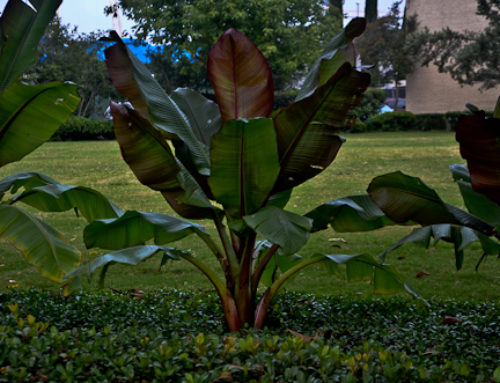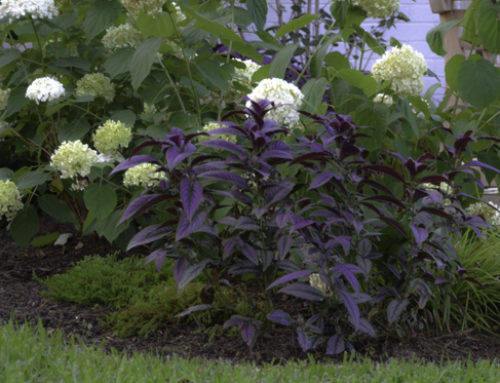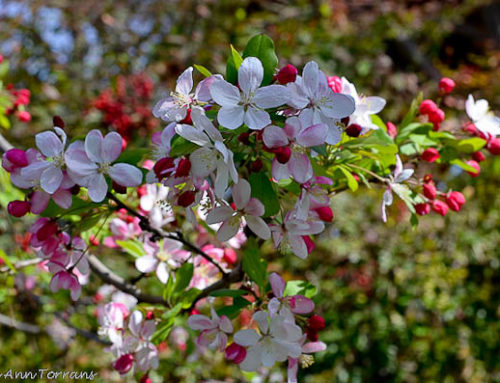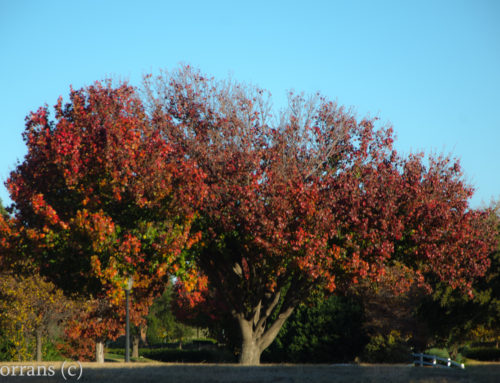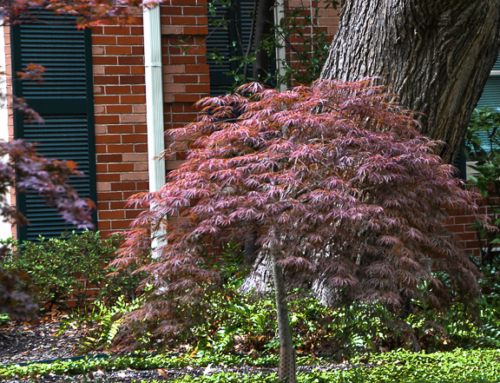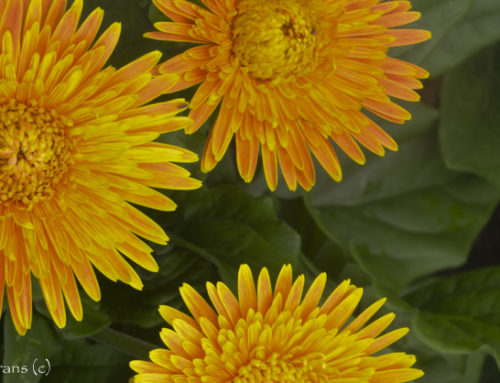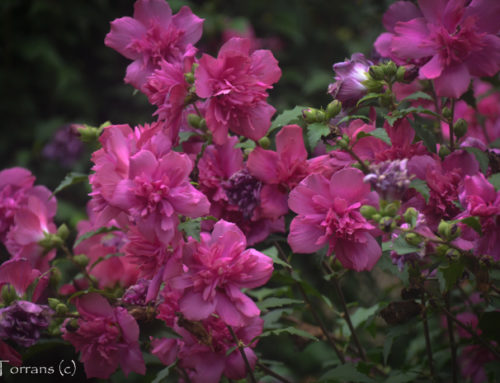Poisonous Trees and Plants
|
| Beautiful to behold and potentially fatal. This Poisonous Trees and Plant List was accumulated in part from the Texas A&M designations. Aggie Horticulture is recognized as a world leading agricultural college. |
|
|
The Laburnum Tree – Beautiful and Poisonous
|
| While there are no reported deaths from the Laburnum Tree in one hundred years the tree carries that label. It is certainly lovely with Yuccas, Palms and Agave. |
| This tree reminds me of William Blake’s poem, A Poison Tree. |
A Poison Tree
I was angry with my friend:
I told my wrath, my wrath did end.
I was angry with my foe:
I told it not, my wrath did grow.
And I watered it in fears,
Night and morning with my tears;
And I sunned it with smiles,
And with soft deceitful wiles.
And it grew both day and night,
Till it bore an apple bright.
And my foe beheld it shine.
And he knew that it was mine,
And into my garden stole
When the night had veiled the pole;
In the morning glad I see
My foe outstretched beneath the tree.
|
|
I would like to thank Arcaion for many of these images.
|
Artemesia or Wormwood
|
| Artemsia also known as wormwood. A light feather gray perennial. |
|
|
| The active ingredient in Artemesia is thujone, a neurotoxin. Wormwood is mentioned in Revelations, ‘And the name of the star is called Wormwood: and the third part of the waters became wormwood; and many men died of the waters, because they were made bitter’. The Greek word ‘absinthion’ means ‘undrinkable’. |
|
|
 Elephant ear with wood fern a classic combination. |
Elephant ear leaves and stems are toxic but rarely fatal unless large amounts are eaten. Skin irritation and itching can occur from touching an elephant ear. Touching your eyes after touching an elephant ear may cause stinging and burning in your eyes.
Children and pets may ingest the leaves resulting in a burning feeling in the mouth or lips.
|
|
Salvia Divinorum / Salvinorin
|
 May Night Salvia |
Salvinorin is the psychoactive chemical of salvia divinorum found in the leaves of the plant. The kappa opioid receptors in the brain alter mood and consciousness. These are different from opioid receptors. There is no impact upon serotonin receptors.
|
|
|
Agave’s can be dangerous. Use care if you have young children when deciding to plant an Agave. There are over 150 varieties. Read more about the agave here.
|
|
|
|
|
Another plant known to be dangerous and poisonous is the Desert Willow. Use care again with this plant if you have young children.
|
|
|
| While I was not surprised to find the poisonous Desert Willow in a community area in Cuba I was very surprised to find it in a shopping center in Dallas, Texas. |
 Poisonous Desert Willow in Dallas Shopping Center on Preston Road  Desert Willow in Cuba – Poisonous Tree |
|
|
Sources for Poisonous Plants
The 1911 ‘A Manual of Poisonous Plants‘ is an engaging and interesting manual, one that had more significance in 1911 than it does today.
The Field Guide for Poisonous Plants and ‘creatures’ is probably a must have for conscientious parents!
Millspaugh’s American Medicinal Plants is a must for any serious gardener!
Kew Gardens Poisonous Plants from Britan’s Kew Gardens is a lovely checklist and review at a very reasonable price intended for parents and teachers.
‘International Poisonous Plants Checklist’ is very expensive usually between $150 and $200. It is not listed below. |
|
|
|
It is not commonly known that Lantana is considered to be a poisonous plant. If you have young children consider whether you want this plant in your garden. Texas A&M notes the green berries are fatal. Yikes, I just never knew this. I have always had lantana. Lantana poisoning can be fatal affecting lungs, kidneys, heart and the nervous system. Grows in the southern U.S. And in moderate climates.
 Lantana
|
 Lantana Berries Poisonous
|
|
|
| Read more about Lantana here. |
|
|
|
|
 Purple Shamrock
|
 ASPCA list poisonous plants for pets
|
|
|
 Azaleas poisonous to cats and dogs. Azaleas contain grayanotoxins which disrupt sodium channels affecting the skeletal and cardiac muscle. All parts of the plant are considered poisonous, and as little as ingestion of 0.2% of an animal’s body weight can result in poisoning. When ingested, clinical signs include gastrointestinal signs (e.g., drooling, vomiting, diarrhea, abdominal pain, inappetance), cardiovascular (e.g., abnormal heart rate, heart arrhythmias, weakness, hypotension), and central nervous system signs (e.g., depression, tremors, transient blindness, seizures, coma, etc.). The overall prognosis is fair with treatment.
|
|
U.S. Poison Control
|
 Poison Control Center Statistics actually show very few reports of poisoning from plants.
|
Yew Shrubs
|
| The yew, I am sad to note, has been reported as poisonous as well. This is my favorite shrub. I must admit to having eaten the leaves of the Yew as a child – and having no ill effect. Apparently, it is the berries that are poisonous. |
 Yew Spreading and Oak Leaf Hydrangea |
 Japanese Yew with poisonous leaves |
 Poisonous Yew Berries / Image Courtesy Arcaion |
| The Yew contains taxin(e) which are alkaloids. Ephedrine, a cyanogenic glycoside (taxiphyllin) and a volatile oil are also present. It is the the seed within the berry that is highly toxic. Cattle have been reported sick and ill from yew. Yews with seeds have the claim that the seeds are poisonous.
See the Alnwick Garden Poison Garden. |
Read the National Cancer Center and Pacific Yew on cancer treatment here: https://www.cancer.gov/research/progress/discovery/taxol
- Taxol, an antimitotic agent used to treat cancer, blocks cancer cell growth by stopping cell division, resulting in cell death.
|
 Taxol from the Pacific yew tree and NCI |
Texas A&M Poisonous Plant List
|
| Read Texas A&M’s list of poisonous plants. Many I knew, such as the oleander and castor bean, but there are a few new surprise additions such as azaleas and wisteria. Perhaps I did not understand how deadly the mistletoe is. I believe if you have young children it is crucial to study this list. |
Mistletoe
|
 Mistletoe in Texas. The berries have proven fatal to children and adults. |
Oleander
|
 Oleander Shrubs Considered to Be Poisonous / Image courtesy Arcaion |
 Oleander / Image courtesy Arcaion |
| The oleander is considered to be extremely poisonous affecting the heart, producing severe digestive upset and has caused death. |
Wisteria and Azalea
|
 |
| Azaleas are considered poisonous. The seeds and pods of the Wisteria are poisonous. |
 Azaleas are poisonous to cats and dogs. Azaleas contain grayanotoxins which disrupt sodium channels affecting the skeletal and cardiac muscle. All parts of the plant are considered poisonous, and as little as ingestion of 0.2% of an animal’s body weight can result in poisoning. When ingested, clinical signs include gastrointestinal signs (e.g., drooling, vomiting, diarrhea, abdominal pain, inappetance), cardiovascular (e.g., abnormal heart rate, heart arrhythmias, weakness, hypotension), and central nervous system signs (e.g., depression, tremors, transient blindness, seizures, coma, etc.). The overall prognosis is fair with treatment. |
Cherry Laurel
|
 Cherry Laurel |
|
I have read that the Cherry Laurel is poisonous and can act as a narcotic. Frankly, I don’t believe it. If that were so the drug culture would be exploiting Cherry Laurels. But then I have grown black poppies that had the white milky substance on their seed heads in my garden for years. Supposedly, that is a narcotic. Wouldn’t know, didn’t try it but did plant them street side for all to see so … nothing happened. Law enforcement didn’t knock down my door, passer-bys didn’t pick the narcotic poppy, so zipp there.
“Medicinal Action and Uses of Cherry Laurel —Sedative, narcotic. The leaves possess qualities similar to those of hydrocyanic acid, and the water distilled from them is used for the same purpose as that medicine. Of value in coughs, whooping-cough, asthma, and in dyspepsia and indigestion.”
If anyone tries this, do let me know.
|
Mushrooms and Toadstools
|
|
I would never undertake to differentiate between edible mushrooms and poisonous toadstools. I recommend professional texts for that purpose.
|
 Toadstools and mushrooms  Toadstools and mushrooms |
|
|
Button Batteries
|
|
Please allow me to get on my soap box here about how dangerous Button Batteries are to children. They are not plants but they are deceptively dangerous.
More than 3,000 button batteries are ingested each year in the United States. They are small, round and bright, attracting children to put them in their mouth and then swallow them. This can cause major injury and death when ingested.
If the battery gets enveloped in the mucosa of the oesophagus it creates an electrical circuit and the battery starts to function, releasing an alkali which is like caustic soda, which can erode through the wall to the windpipe.
If the battery is facing a different way it can burn into the aorta, a major blood vessel, and there have been cases in Britain where the child has bled to death. |
 Button Batteries Deadly to Young Children |
More to Come
|
|
 
|
If You Love It: Pin It
|
 Poisonous Plants for Children and Animals – Not always deadly but can cause bad side effects  Poisonous Trees and Plants in Texas |
|




































